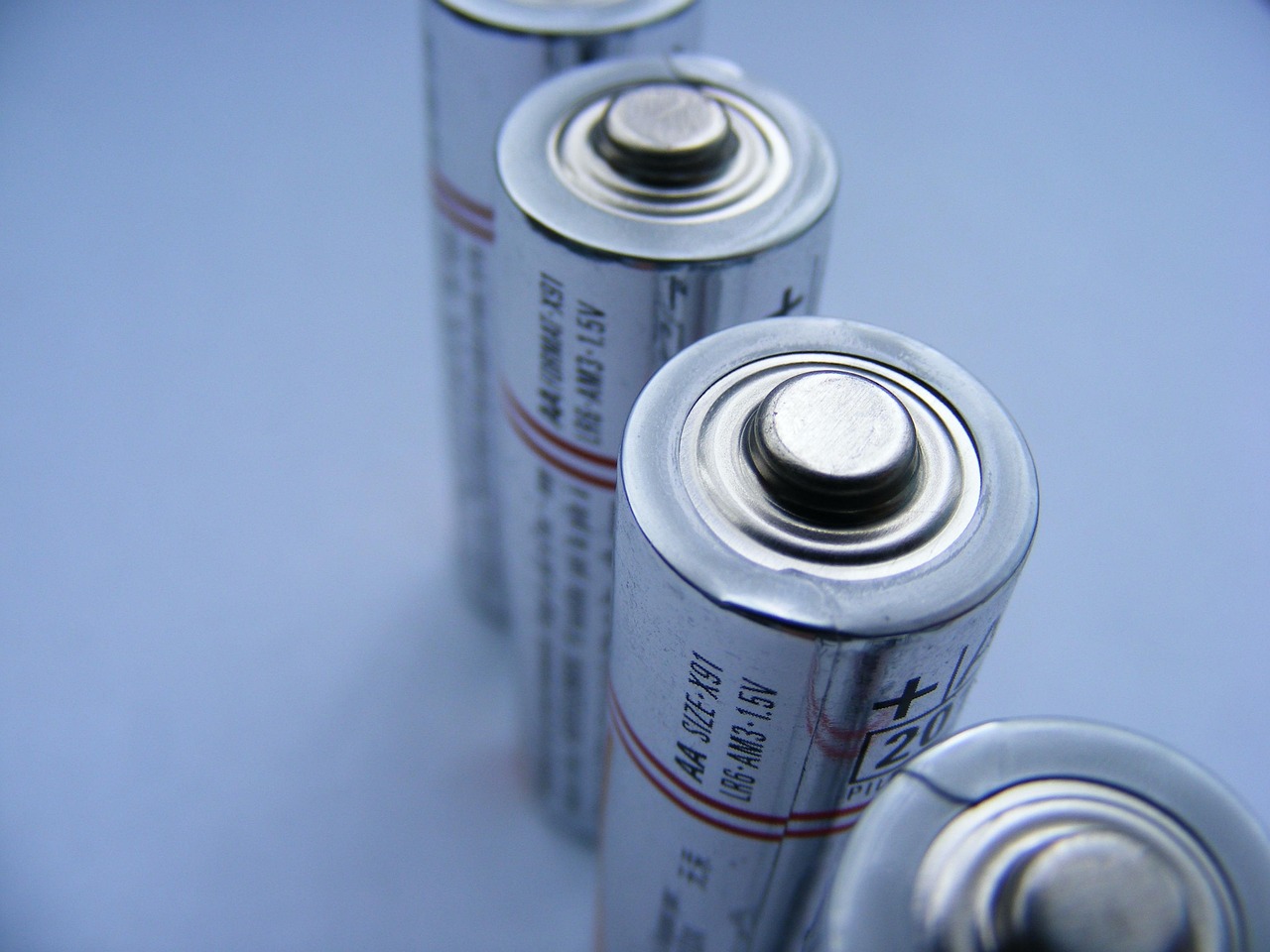Kerosene, a widely used hydrocarbon fuel, has a variety of applications, including as a fuel for jet engines, heating, and in lamps. However, the quality and performance of kerosene depend significantly on its composition, and one of the most undesirable components found in kerosene is sulfur. Sulfur, though naturally occurring in crude oil, poses various challenges to the efficiency of kerosene and its environmental and health impacts. Understanding the role of sulfur in kerosene and the various consequences of its presence is crucial for the refining process, regulatory compliance, and environmental sustainability.
In this article, we will explore why sulfur is the most undesirable component in kerosene, how it affects both machinery and the environment, and the measures taken to mitigate its impact.
What is Kerosene?
Kerosene is a flammable hydrocarbon liquid derived from crude oil, primarily used as a fuel. It is a major component in the aviation fuel Jet-A and is also used in household heating, cooking, and lighting (in lamps). Kerosene is generally composed of alkanes, cycloalkanes, and aromatic hydrocarbons, and it has a high energy density that makes it suitable for various fuel-based applications. However, like all petroleum-based products, kerosene contains impurities that need to be removed during the refining process to ensure the fuel performs optimally.
Among these impurities, sulfur is the most undesirable due to the numerous adverse effects it has on both the fuel’s performance and the environment.
The Role of Sulfur in Kerosene
Sulfur in kerosene is primarily a byproduct of the refining process. It originates from the sulfur compounds found naturally in crude oil. These sulfur compounds must be removed during the refining process through techniques like hydrodesulfurization to produce a high-quality kerosene product. However, despite efforts to reduce sulfur levels, traces of sulfur often remain in the final kerosene product.
Sulfur is found in various forms in kerosene, including hydrogen sulfide (H₂S), sulfur dioxide (SO₂), and other organic sulfur compounds. When kerosene is used as a fuel, the sulfur present can contribute to a series of undesirable outcomes that affect both the operational efficiency of equipment and the environment.
Why Sulfur is the Most Undesirable Component in Kerosene
1. Corrosive Effects on Engines and Machinery
One of the primary reasons sulfur is undesirable in kerosene is its corrosive effect on engines and machinery. Sulfur compounds, especially when exposed to heat, can form sulfuric acid (H₂SO₄) as a byproduct. This occurs when sulfur reacts with moisture and oxygen in the atmosphere during combustion or over time. Sulfuric acid is highly corrosive and can severely damage metal parts, pipelines, and combustion chambers.
Corrosion in engines: Sulfuric acid can corrode the metal surfaces of engine components, particularly in turbine engines and combustion chambers. This corrosion leads to the degradation of metal surfaces, resulting in a shorter lifespan for machinery and higher maintenance costs.
Deposits and clogging: Sulfur can also contribute to the formation of soot and other deposits in engines. These deposits can clog fuel injectors, reduce the efficiency of combustion, and create additional maintenance issues.
2. Environmental Impact: Formation of Pollutants
The presence of sulfur in kerosene also leads to the formation of harmful pollutants when the fuel is burned. During combustion, sulfur compounds in kerosene are released into the atmosphere as sulfur dioxide (SO₂). Sulfur dioxide is a major air pollutant and has several negative environmental and health impacts.
Acid Rain: Sulfur dioxide can combine with water vapor in the atmosphere to form sulfuric acid, which is then precipitated as acid rain. Acid rain is harmful to ecosystems and can have devastating effects on soil, water bodies, and plant life. It also contributes to the acidification of water in rivers and lakes, making it difficult for aquatic life to thrive.
Air Pollution and Smog: Sulfur dioxide is a significant contributor to smog formation, which impacts air quality and human health. Smog can cause respiratory problems, exacerbate conditions like asthma and bronchitis, and lead to long-term cardiovascular diseases. Moreover, the release of sulfur compounds in urban and industrial areas contributes to poor air quality, which has become a major environmental concern globally.
3. Health Risks
The sulfur compounds in kerosene also pose significant health risks. When kerosene with high sulfur content is burned, sulfur dioxide and particulate matter are released into the air. These substances can have severe health consequences for humans, especially those with pre-existing respiratory conditions.
Respiratory Problems: Exposure to sulfur dioxide can irritate the respiratory system, causing shortness of breath, coughing, and wheezing. People with conditions such as asthma, chronic obstructive pulmonary disease (COPD), and bronchitis are particularly vulnerable.
Long-Term Health Effects: Chronic exposure to sulfur compounds can lead to long-term health problems such as lung disease and an increased risk of heart disease. People who live in areas with poor air quality due to sulfur emissions are at a higher risk of developing these chronic conditions.
4. Impact on Combustion Efficiency
Sulfur in kerosene negatively affects the efficiency of combustion. The presence of sulfur compounds in the fuel can lead to the production of undesirable by-products, such as sulfuric acid and soot, which reduce the overall efficiency of the combustion process. The higher the sulfur content in kerosene, the more heat and energy is wasted in the form of unwanted by-products.
Lower Energy Efficiency: As sulfuric acid and soot accumulate, they can reduce the efficiency of heat transfer in the engine. This means that more fuel is needed to achieve the same energy output, leading to higher fuel consumption and increased operational costs.
Increased Emissions: The incomplete combustion of kerosene due to sulfur can also result in the release of carbon monoxide (CO) and other harmful gases, which contribute to environmental pollution and reduce the performance of the equipment.
5. Regulatory Compliance
Due to the environmental and health risks associated with sulfur, many countries have strict regulations on the sulfur content in fuels. For example, aviation kerosene and heating kerosene are subject to strict limits on sulfur content to meet environmental standards. The presence of sulfur in kerosene can result in non-compliance with these regulations, leading to penalties, operational shutdowns, or the need for costly fuel treatment processes.
How Sulfur Is Removed from Kerosene
To mitigate the adverse effects of sulfur, desulfurization processes are applied to kerosene during the refining stage. These processes help reduce sulfur levels and produce cleaner kerosene. Some of the primary methods used for sulfur removal include:
1. Hydrodesulfurization (HDS)
Hydrodesulfurization is the most widely used process for sulfur removal in kerosene and other petroleum products. In this process, kerosene is treated with hydrogen at high pressure and temperature in the presence of a catalyst. This reaction converts sulfur compounds into hydrogen sulfide (H₂S), which can be easily removed from the fuel.
2. Oxidative Desulfurization
In this method, oxidizing agents are used to convert sulfur compounds into water-soluble products that can be removed from kerosene. While less common than hydrodesulfurization, oxidative desulfurization is still a viable option in some refining processes.
3. Solvent Extraction
Solvent extraction is another method used to remove sulfur compounds. This involves mixing kerosene with a solvent that selectively extracts sulfur compounds from the fuel. While this method is effective, it is less commonly used due to its complexity and higher costs compared to other desulfurization techniques.
Conclusion
Sulfur is the most undesirable component in kerosene due to its corrosive effects, the formation of environmental pollutants such as sulfur dioxide and acid rain, and the health risks associated with sulfur emissions. Furthermore, sulfur negatively impacts the combustion efficiency of kerosene, leading to wasted energy and increased fuel consumption. It also poses challenges in meeting regulatory standards for clean fuels.
Due to these reasons, refining processes like hydrodesulfurization play a critical role in reducing sulfur content in kerosene and other petroleum products. The reduction of sulfur not only enhances the performance and longevity of engines and turbines but also mitigates the environmental and health hazards associated with the use of kerosene. As regulations become stricter, removing sulfur from kerosene will continue to be a vital step in improving the fuel’s quality, safety, and sustainability.
















